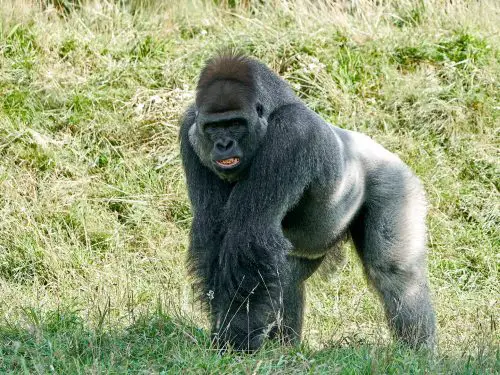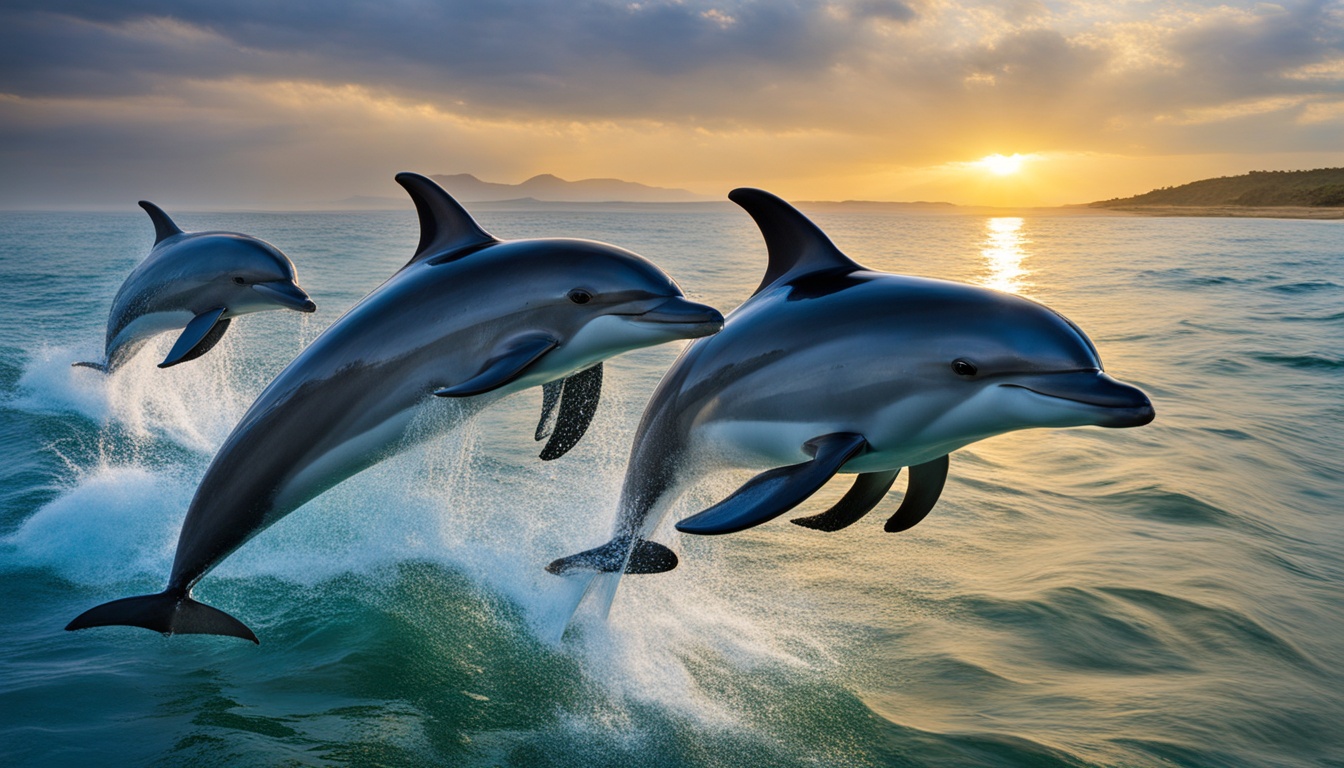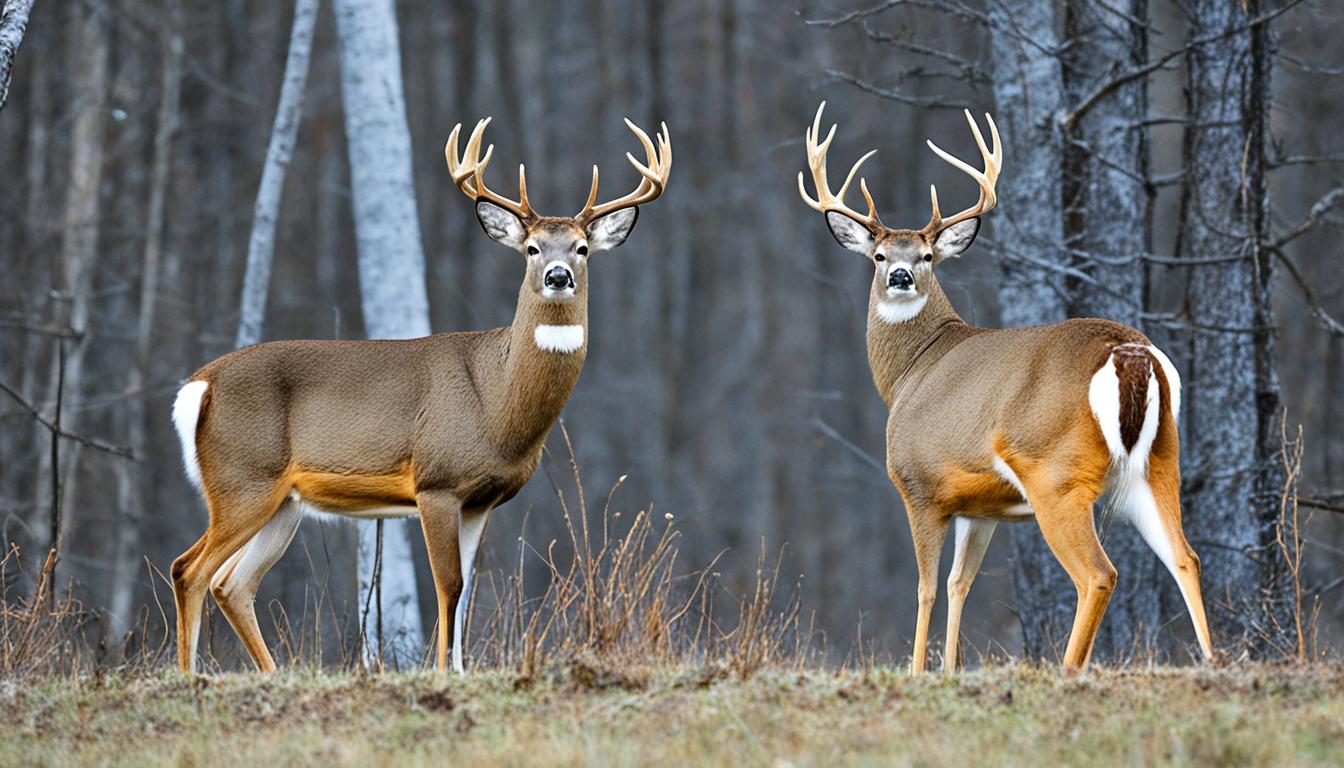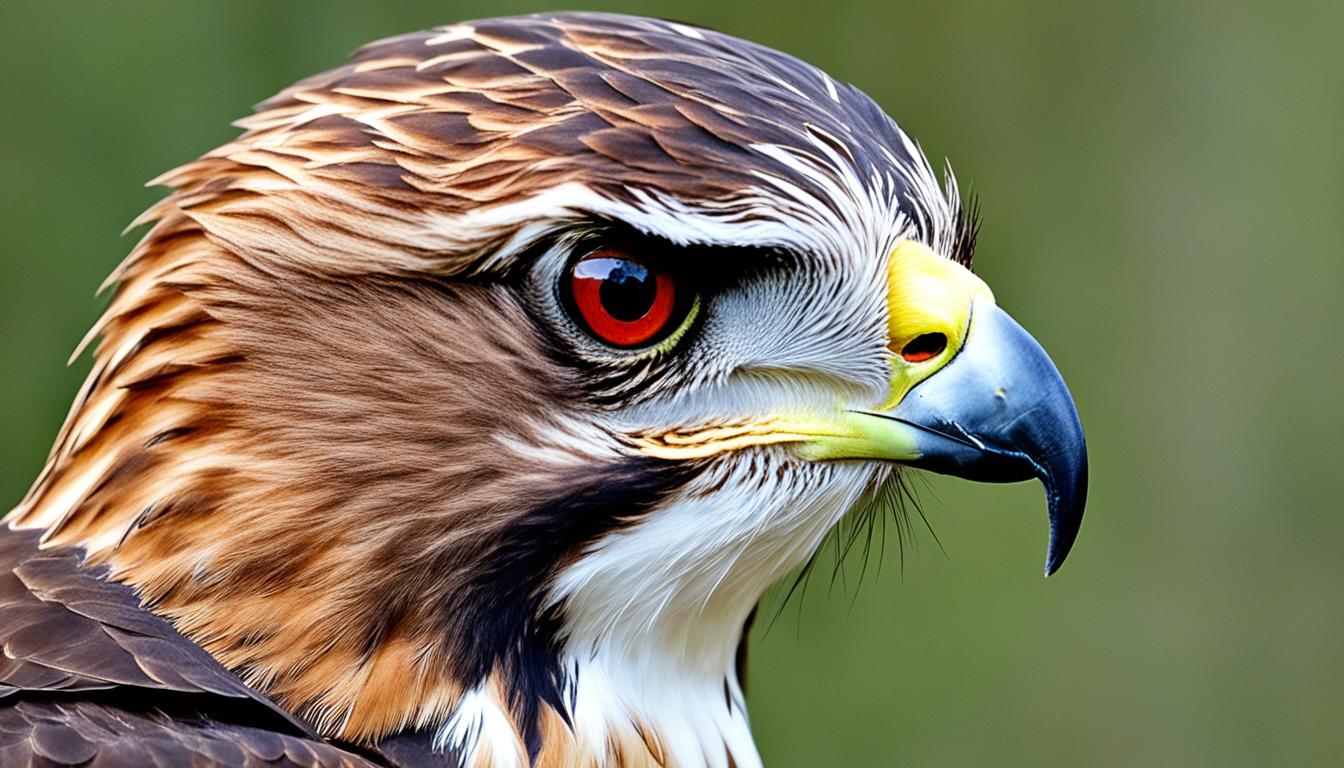Gorillas are kind, intelligent giants found primarily in Arica. It’s fascinating to learn that gorillas have more in common with humans than every animal. When looking at gorillas from a genetic standpoint, you’ll notice that their DNA is nearly 98 percent compared to that of humans.
Apart from that, gorillas share many of the same inhibitions, fears, and interests that humans do. For example, a gorilla, like most humans, despises being trapped in the rain. Gorillas, unlike other wild animals, have an inherent dislike of water.
When gorillas are caught off guard by rain, they will seek shelter in a nearby cave or shelter. That’s not all gorillas are exceedingly wary of water bodies, much like a human who has never learned to swim. A caged gorilla has been observed using a stick to gauge the height of a pool in its cage before entering.
Gorillas are not excellent swimmers, as evidenced by their inherent dislike of water. However, current research suggests that gorillas in prison can be trained to swim. We’ll take a closer look at gorillas in this post, including their dislike of water and other fascinating facts.
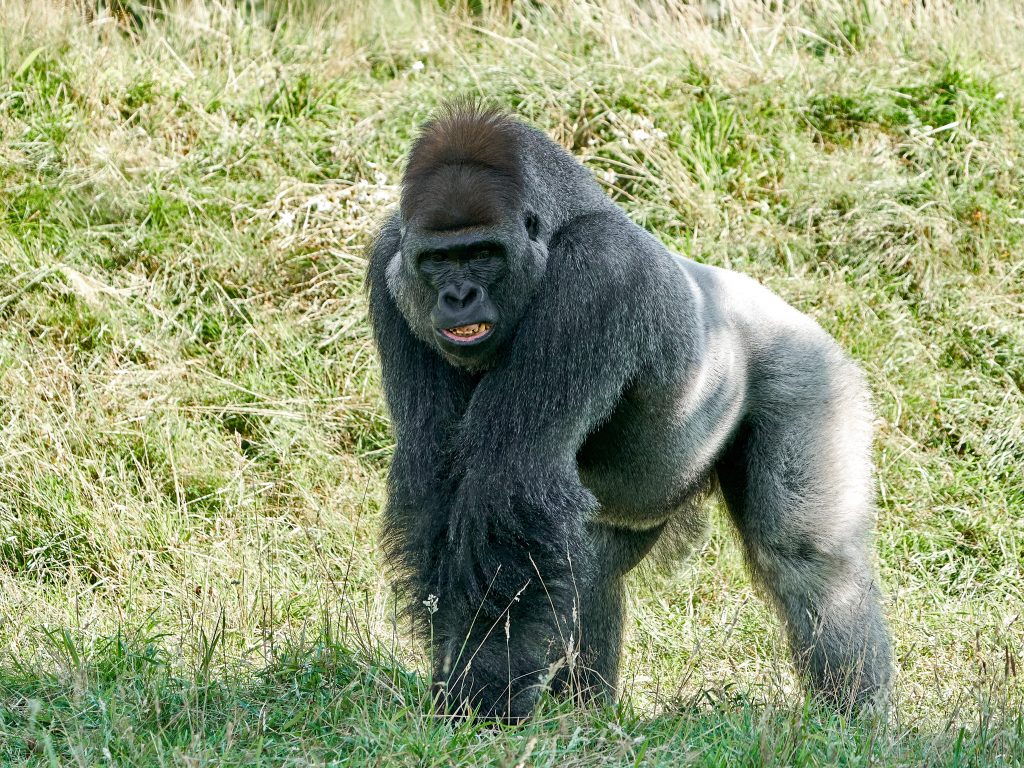
Do Gorillas Swim In Water?
No, gorillas cannot swim. Gorillas, like chimps, apes, and humans, are incapable of swimming. Most zoos feature a deep pool of water encircling the area of gorillas or other apes for this reason. Gorillas are very clever creatures who will never enter a deep water body. However, current research suggests that gorillas in prison can be trained to swim.
Gorillas rarely come into contact with water in their native habitat. They are herbivorous which means they do not need to drink water to survive. Not only do gorillas rarely go near water sources to drink water, unlike other wild animals. Gorillas rarely drink water since they can collect enough water from their meal and morning dew. In summary, a gorilla does not require the presence of a river or any other source of water to survive. They are also not naturally adapted to swimming.
Why Can’t Gorillas Swim Naturally In Water?
A gorilla doesn’t have to get into the water to survive; surely this isn’t why they can’t swim? A gorilla cannot float in water, hence most people believe it cannot swim. A gorilla’s inability to float in water is true, but it’s not the only reason they can’t swim. Let’s compare a gorilla and a cow for a better understanding.
They are both plant-eaters and do not require swimming to survive. Even though the former can swim, the latter cannot. Cows are inherently buoyant in water due to their huge lungs and gas-filled gut.
Cows are buoyant enough to keep their noses slightly above the surface of the water. This buoyancy can be linked to their fat ratio as well. If you’ve ever seen a cow swim, you’ve probably noticed that their limbs paddle similarly to how they move on land. To summarize, a cow needs to do nothing special to swim.
With a gorilla, this is not the case. The lung of a gorilla isn’t as big as a cow’s, and their intestines aren’t long enough to provide significant buoyancy. A gorilla, on the other hand, is a muscular creature, which means it has less fat in its body.
A gorilla’s low-fat content, along with small lungs and intestines, makes it difficult for it to float in water. They can’t keep their heads out of the water even if they float. Another key factor for a gorilla’s inability to swim in the way they walk. A gorilla does not walk on all four legs like a cow, which is a four-legged mammal. That a result, a gorilla in water cannot use the same motor movements as they do on land.
Where Do Gorillas Drink Water From?
When we suggest that gorillas prefer not to be near water in their native habitat, we get a lot of queries like these. It’s only natural to have reservations. The reality that gorillas rarely drink water provides the answer to these issues. A gorilla’s food in the wild consists primarily of 86 percent shoots, branches, and leaves, 2 percent fruits, 3 percent flowers, 2 percent flowers, and 7 percent roots.
They absorb the needed amount of water from the food they ingest. Aside from that, the early dew provides sufficient moisture. Gorillas are early risers, to be sure.
Are Gorillas Scared of Water?
Gorillas are typically not afraid of water. While the idea of a gorilla being afraid of water may be popularized in some media, it is not true in reality. In fact, gorillas have been known to play with water in their natural habitats and even at zoos. This is also true for other ape species such as bonobos. Gorillas may get into the water, but they do not swim naturally due to their large bodies.
However, if presented with a shallow swamp or stream, gorillas will often wade or play in the water without fear. Even if exposed to larger bodies of water, gorillas may still get into the water if they feel safe enough to do so. So while gorillas may not be able to swim naturally and can become scared when exposed to large bodies of water, they are certainly not afraid of getting into and even playing with smaller amounts of water!
Why can’t gorillas naturally swim?
Gorillas are herbivorous mammals and as such, they have a much lower fat ratio in their body composition than other mammals that spend the majority of their time in the water. This means they lack the buoyancy needed to stay afloat; unlike former swimmers like beavers, otters, and dolphins which have higher fat content helping them remain buoyant in water. Gorillas also do not possess the necessary paddle-like limbs to propel their bodies through the water and their lungs and intestines are filled with gas which makes them even less buoyant in water. Furthermore, gorillas being four-legged mammals have a different way of walking on all four legs which does not help them get into the water easily or swim efficiently; so it is no surprise that gorillas cannot naturally swim.
What is the Natural Habitat of Red Pandas?
The red panda’s natural habitat and range include the temperate forests of the Eastern Himalayas and southwestern China. These elusive creatures thrive in altitudes of 7,500 to 13,000 feet above sea level, where their specialized diet of bamboo and other plants grows abundantly. Unfortunately, habitat loss and fragmentation pose threats to the red pandas’ survival in the wild.
Can Gorillas Learn to Swim?
Gorillas are the largest of all ape species, and it has long been debated whether or not they can learn to swim. While some researchers suggest that gorillas may be able to swim by instinct, a captive chimp named Cooper and a captive orangutan named Suryia have both been observed to learn how to swim in captivity. Other apes such as orangutans, chimpanzees, and bonobos have also shown an ability to swim naturally.
Researchers Nicole Bender and Renato Bender have recently conducted a study on swimming using captive chimpanzees and an orangutan as test subjects.
After watching the for several weeks, they noticed that Renato had developed an effective technique that he used to propel himself through the water. Nicole Bender studied Suryia’s swimming ability, noting that he was able to use his hands and feet together in order to stay afloat.
Although there is still much debate about whether or not gorillas can learn to swim, recent studies suggest that with proper training and guidance from experts, these animals can most likely develop a natural swimming ability.

